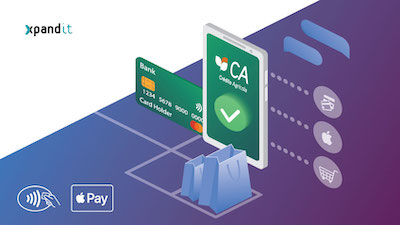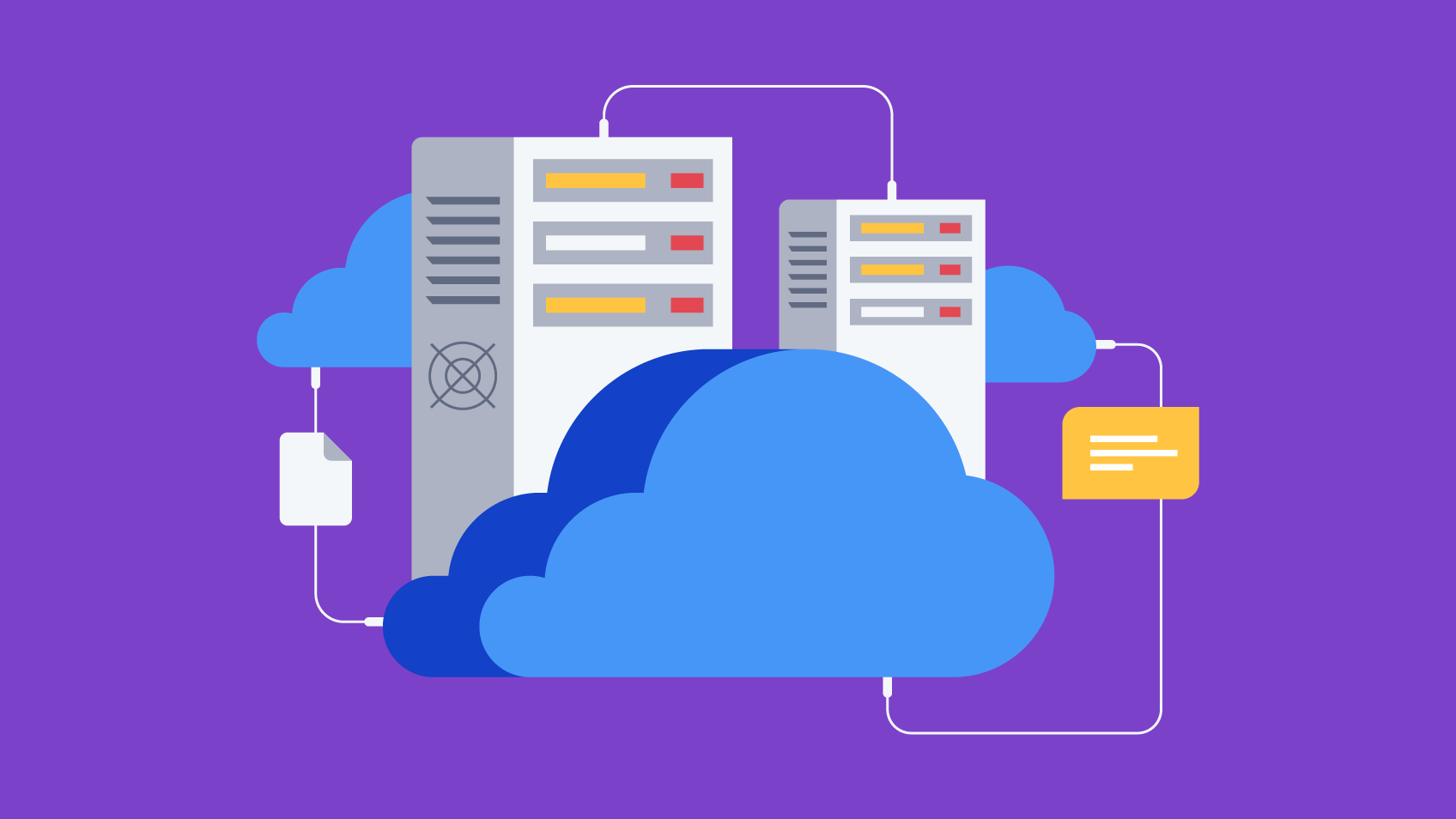It’s 7.20 AM of a weekday like so many others.
Can you imagine what it is like having to deal with the morning chaos of preparing and eating breakfast, showering, dressing, preparing the lunchbox while trying not to forget putting on socks or at least trying not to put on two different ones. Amidst the chaos, there’s always something you forget. A day like that has everything to go well, right? Wrong.
It is obvious that on such a day, while you’re looking for your card to pay for lunch, you realise that you left the wallet at home.
It only takes two seconds after that to grasp that you just lost your financial independence and you that will have to call a colleague in order to come and save you by paying for your lunch, rather than spending the whole afternoon making up to the restaurant for the meal you enjoyed without paying for it.
A few years ago, it would be plausible to come across such a situation. Nowadays, instead of making that embarrassing call to your colleague, you can just grab your phone and pay. It’s that simple. In less than a minute the payment is complete without any friction. How is it possible, you ask? Well, Apple Pay makes it possible. Thank you, gods of technology!
But what exactly is Apple Pay? What are the implications of this new service for consumers and what does the introduction of this service means for the financial industry?
Apple Pay relies on mature technology. The service was originally launched by Apple in October 2014 in its country of origin – the United States of America – and, throughout these 5 years, Apple has been expanding the service to many other countries. In fact, right now, more than 50 countries support Apple Pay and we can confidently say that Apple plans to continue the evangelization and implementation of this service in more countries.
From June 2019 onwards, Portugal became one of the countries to support Apple Pay. Crédito Agrícola, Revolut, N26, Monese and, more recently, Moey! were the first banks to offer this service in the country and we were one of the first companies to implement the technology.
Xpand IT was one of the partners that accompanied the implementation process of Apple Pay within the Crédito Agrícola mobile app from the outset and had to assure the creation of a simple and intuitive navigation flow, so that adding cards to Apple Wallet through the banking app would be fast, easy and frictionless. Together with Crédito Agrícola, Xpand IT has guaranteed that the implementation passed all security tests and all demanding Apple requisites. Not less important, Apple’s intervention in the implementation process highlighted the necessity of having a partner whose sole focus would be the user experience – to assure the experience was coherent and that it was capable of giving life to this new payment method.
How, then, does Apple Pay work? Getting back to the example above, after the initial setup in which the user is able to add cards in the Apple Wallet app, you can now use just your phone to make contactless payments. Payment terminals are still the same – in case they already accept contactless, the user needs only to open the Wallet app, use TouchID or FaceID for authentication, touch the phone to the POS and voilá, that’s it – transaction completed.
There’s no need for wallets or physical cards that only create obstacles to this process – a process that should be fast and painless. As an additional security measure, if the amount is higher than 20 euros (value determined in Portugal), the user will be asked to confirm the transaction through a PIN.
The truth is that this service is a game changer, as it offers complete convenience to the payment act – you pay for your shopping in any channel, be it online, physical or even in mobile apps by using the devices that are already part of your life (iPhone, iPad, Mac or Apple Watch), without any complications or waste of time. On the other side, this payment method offers more security: not only because your card data is safely stored through the virtual representation of the card (token) – this token can be deactivated or activated at any moment in the app and is independent of the physical cards – but also because in order for the user to authorise a transaction, a biometric authentication is required. This is one of the reasons why this service has been widely accepted in different economy sectors and also why it has been having such a considerable impact in the payment industry.
I know you must be thinking that not all is roses with this service and that might be true. There’s something none of us can escape – we still need to have battery on our phones in order to assure that our cards are accessible and that payments are just a touch away.
I can now leave my wallet at home without any concern. I just have to make sure that my phone doesn’t run out of battery. If that happens, there’s no technology that can save me.
Maybe in a few years’ time we will be able to make a payment just by authenticating our identity without the need of a phone. But that’s something for another blog post!

Digital Xperience Evangelist – Xpand IT














